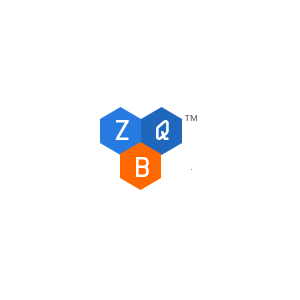Cytochalasin D
Cytochalasin D
22144-77-0
22144-77-0
¥1370
1EA
起订
上海 更新日期:2025-12-11
产品详情:
公司简介
| 成立日期 | (14年) |
| 注册资本 | 1500万人民币 |
| 员工人数 | |
| 年营业额 | |
| 经营模式 | |
| 主营行业 |
Cytochalasin D相关厂家报价
-
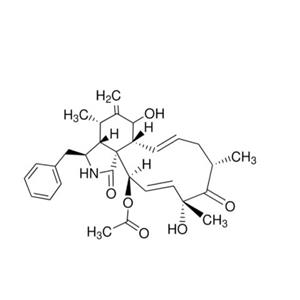
- aladdin 阿拉丁 C102396 细胞松弛素 D 22144-77-0 98%
- 上海阿拉丁生化科技股份有限公司 VIP
- 2025-11-14
- ¥1441.90
-

- 细胞松弛素D|T3229|TargetMol
- 上海陶术生物科技有限公司 VIP
- 2025-10-31
- ¥6170
-
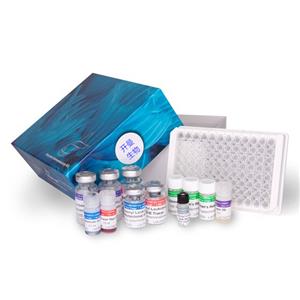
- 细胞松弛素D
- 武汉艾美捷科技有限公司
- 2025-09-29
- 询价
-
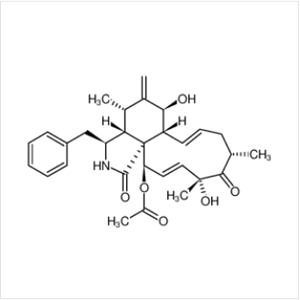
- 细胞松驰素 D
- 陕西缔都医药化工有限公司 VIP
- 2025-09-11
- 询价
-
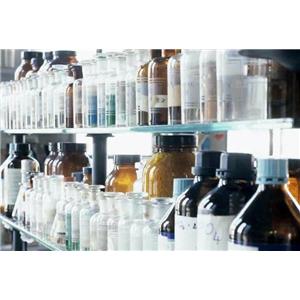
- 细胞松弛素D
- 湖北艾普蒂生物工程有限公司
- 2023-08-09
- ¥3700
-
- Cytochalasin D
- 上海子起生物科技有限公司
- 2022-07-30
- 询价

